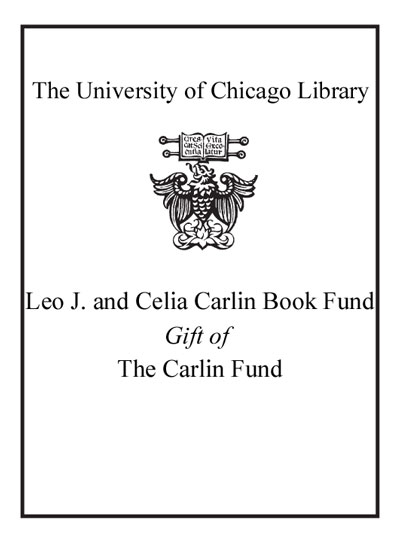East Asia's changing urban landscape: measuring a decade of spatial growth.
Saved in:
| Imprint: | Washington DC : World Bank, [2015] |
|---|---|
| Description: | xxi, 157 pages ; 26 cm. |
| Language: | English |
| Series: | Urban development series Urban development series (Washington, D.C.). |
| Subject: | |
| Format: | Print Book |
| URL for this record: | http://pi.lib.uchicago.edu/1001/cat/bib/10142098 |
Table of Contents:
- Acknowledgments
- Foreword
- Abbreviations
- Executive Summary
- 1. Introduction
- Why Urban Expansion Matters
- A New Approach to Measuring Urban Expansion
- Notes
- References
- 2. Key Findings: Urban Expansion in East Asia, 2000-10
- Rapid Urban Expansion and Population Growth
- Density: High and Increasing, on Average
- Increasing Metropolitan Fragmentation
- Notes
- References
- 3. Recommnedations: What Policy Makers Can Do to Facilitate Efficient, Sustainable, and Inclusive Urban Growth
- Preparing for Future Spatial Expansion
- Ensuring That Urbanization Is Economically Efficient
- Ensuring That Urbanization Is Inclusive
- Ensuring That Urbanization Is Sustainable
- Overcoming Metropolitan Fragmentation
- Conclusions and Areas for Further Research
- Notes
- References
- Appendix A. Urban Expansion in East Asia, 2000-10, by Country
- Cambodia
- China
- Indonesia
- Japan
- The Republic of Korea
- Lao People's Democratic Republic
- Malaysia
- Mongolia
- Myanmar
- The Philippines
- Thailand
- Vietnam
- Notes
- References
- Appendix B. Urban Expansion in East Asia, Excluding China, 2000-10
- Trends by Country Income Group
- Trends by Urban Area
- Trends by Size Categories
- Density
- Metropolitan Fragmentation
- Appendix C. Methodologies and Accessing the Data
- Methodologies
- Accessing the Data
- Notes
- References
- Appendix D. Changes in Urban Land, Population, and Density by Country
- Appendix E. Changes in Urban Land, Population, and Density in Urban Areas with More Than 1 Million People
- Boxes
- 1.1. Defining "urban"
- 2.1. Comparing urbanization in East Asia to that in the rest of the world
- 2.2. Projecting future urban expansion
- 2.3. The urban population density metric
- 2.4. A typology of urban areas based on administrative fragmentation
- 3.1. Innovative land tools for urban expansion
- 3.2. Creating and sharing higher land value in transit development
- 3.3. Some models of metropolitan governance
- A.1. A snapshot of urbanization in progress
- A.2. Ghost cities in China
- Figures
- 1.1. Changes in proportion of urban population (urbanization rate) and GDP per capita, 2000-10
- 2.1. Proportion of total urban land in East Asia by country, 2000 and 2010
- 2.2. Annual rate of urban spatial expansion by country, 2000-10
- 2.3. Proportion of total urban population in East Asia by country, 2000 and 2010
- 2.4. Rate of urban population growth by country, 2000-10
- 2.5. Proportion of urban land by income group, 2000 and 2010
- 2.6. Changes in proportion of urban population (urbanization rate) and GDP per capita, 2000-10
- 2.7. Rate of urban population growth by income group, 2000-10
- 2.8. Rate of urban spatial expansion by income group, 2000-10
- 2.9. East Asia: The 25 largest urban areas by land area, 2000 and 2010
- 2.10. The 25 largest urban areas by population and land area, 2010
- 2.11. Urban land by population size category, 2000 and 2010
- 2.12. Urban population by population size category
- 2.13. Urban population density by population size category, 2000 and 2010
- 2.14. Rates of population growth and spatial expansion in urban areas with more than 1 million people, 2000-10
- 2.15. Urban population density by country, 2000 and 2010
- 2.16. Urban spatial expansion per additional urban inhabitant, 2000-10
- 2.17. Urban population density by income group, 2000 and 2010
- B2.5.1. Contained urban areas
- B2.5.2. Spillover urban areas
- B2.5.3. Fragmented urban areas

